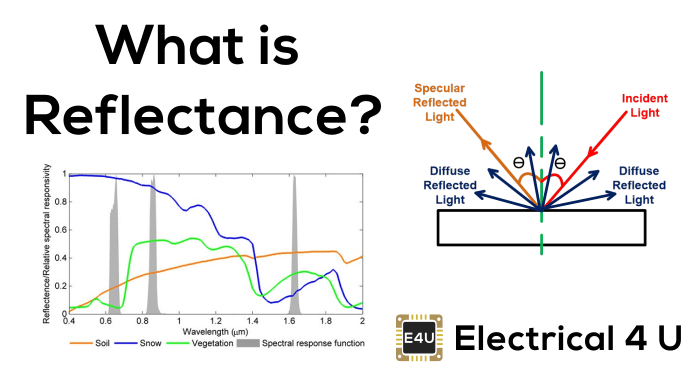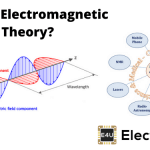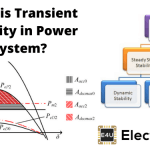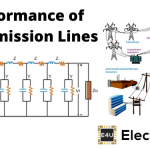内容
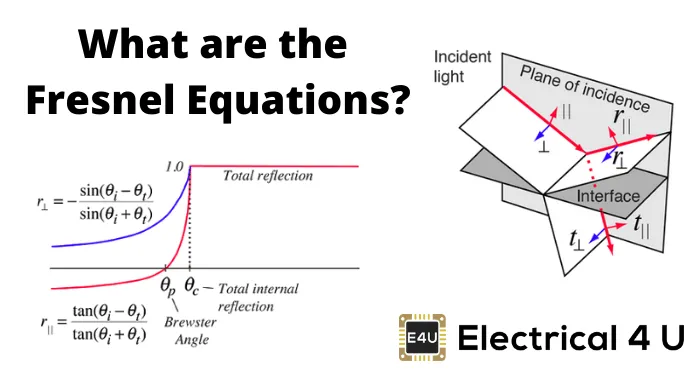
什么是菲涅耳方程?
菲涅耳方程(也称为菲涅耳系数)被定义为电场反射和传输波到事件波的电场。该比率是复杂的,因此描述了相对幅度以及波之间的相位偏移。
菲涅耳方程(菲涅耳系数)描述了光入射到两种不同介质之间的界面时的反射和透射。菲涅耳方程是由奥古斯丁-让·菲涅耳提出的。他是第一个明白光是横波的人。
当光入射在电介质的表面上时,它将作为入射角的函数反射和折射。反射波的方向由“反射法则”给出。
常规生活中可以看到菲涅耳效应。它可以在闪亮和粗糙的表面上看到。水面上的这种效果非常清晰。当从空气介质中入射在水的光时,光线将根据入射角反射。
菲涅耳效应无处不在。如果您尝试环顾四周,您会发现很多示例。这种影响高度取决于发病率。
入射角是您正在寻找的物体的视线和表面之间的角度。下图显示了事件的角度在菲涅耳反射中的效果。
S和P极化
具有入射辐射的表面法线和传播矢量的平面称为入射面或入射面。
发病率平面在入射光极化的反射强度中起重要作用。偏振被定义为横波的属性,其指定振荡的几何取向。
两极分化有两种类型;
- S-Polarization
- P-Polarization
当光的偏振垂直于入射平面时,这种偏振称为s偏振。“S”这个词来自德语Senkrecht.这意味着垂直。S偏振也称为横向电气(TE)。
当光的偏振平行于入射的平面或其躺在事件的平面中时。该平面被称为p偏振。S偏振也称为横向磁性(TM)。
下图表明入射光在S偏振和P偏振中反射和传输。
菲涅耳方程复杂折射率
菲涅耳方程是一个复杂的等式,意味着它考虑了幅度和相位。菲涅耳方程在除了电力之外考虑相位的电磁场复振幅而言。
这些方程是电磁场的比率,它有不同的形式。复振幅系数用r和t表示。
反射系数r是反射波的电场复振幅与入射波的比值。反射系数t是透射波与入射波的电场复幅值之比。
如上图所示,我们假设入射角是θ一世,反映在θ的角度R.,并以θ的角度传输T.。
N一世入射光和N的介质的折射率是多少T.是透射光介质的折射率。
因此,有四个菲涅耳方程;反射系数r的两个方程P.和rS.)和反射系数t的两个方程,即(tP.和tS.)。
菲涅耳方程推导
让我们假设入射光反射,如上图所示。在第一种情况下,我们将推导出S偏振的菲涅耳方程。
对于S偏振,平行分量E和垂直组件B在两个介质之间的边界上连续。
因此,由边界条件,我们可以写出e场和b场的方程,
(1)![]()
(2)![]()
我们用下面B和E之间的关系来消去B。
![]()
从反思法中,
![]()
将此值放在EQ-2中,
(3)![]()
(4)![]()
(5)![]()
(6)![]()
(7)![]()
(8)![]()
(9)![]()
现在,对于反射系数T,来自EQ-1和EQ-4,
(10)![]()
(11)![]()
(12)![]()
(13)![]()
(14)![]()
这些是垂直偏振光(S偏振)的菲涅耳方程。
现在,让我们推出平行偏振光(P偏振)的方程。
对于S偏振,E场和B场的方程是;
(15)![]()
(16)![]()
我们用下面B和E之间的关系来消去B。
![]()
(17)![]()
![]()
![]()
把这个值放到eq-15中,
(18)![]()
(19)![]()
(20)![]()
(21)![]()
(22)![]()
(23)![]()
(24)![]()
现在,从eq-17得到反射系数t
![]()
![]()
将此值放在EQ-15中
(25)![]()
(26)![]()
(27)![]()
(28)![]()
(29)![]()
(30)![]()
让我们总结一下所有的四个菲涅耳方程,
![]()
![]()
![]()
![]()

